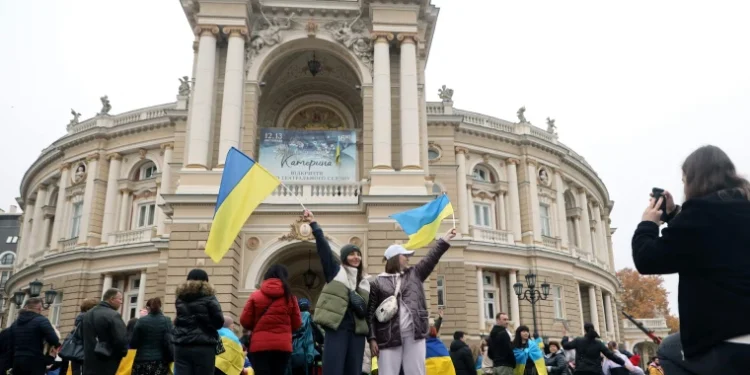On November 11th, Ukrainian soldiers entered the city of Kherson, recapturing a strategic city on its southern front.
Their arrival came shortly after a Russian announced retreat from Kherson, retreating across the Dnieper River for a more defensible position.
Civilians who remained in Kherson celebrated their liberation, waving Ukrainian flags and hugging and receiving autographs from Ukrainian soldiers.
On November 14th, President Zelenskyy made a surprise visit to Kherson, walking the streets and greeting hundreds of people. “Step by step, we are coming to all of the temporarily occupied territories,” he stated, declaring that “This is the beginning of the end of the war.”
The retreat from Kherson marks yet another defeat for the Russian military as Ukrainian forces have recaptured 50% of land taken by Russia since February according to Newsweek. The Russian government’s response has largely been silent though some officials vow to recapture “Russian” land.
Kherson’s loss presents a strategic challenge to Russia. Its position on the Black Sea and as an industrial centre threatens Russian deployments and supply lines along its southern front. Kherson’s closeness to and suppliance of fresh water to Crimea threatens Russian control of a region it has occupied since 2014.
However, the war is not over.
It is expected that Russian troops from Kherson will be redeployed to the eastern front which has seen forward momentum in recent days. Trenches have been dug on the Russian side of the Dnieper, making any Ukrainian attack difficult.
Of Kherson’s pre-war population of 280,000, an estimated ten to twenty percent remain. Kherson is without electricity, running water, and internet with shortages in food and medical supplies. The Ukrainian government has pledged to restore these services in the coming days.







